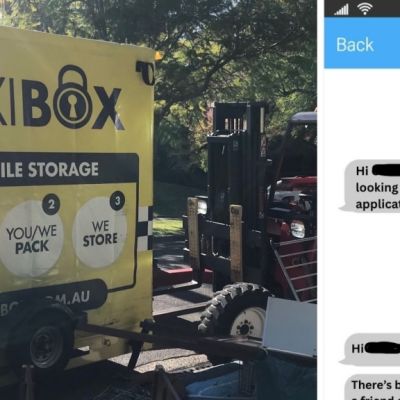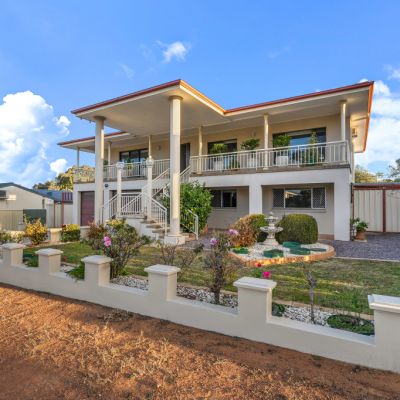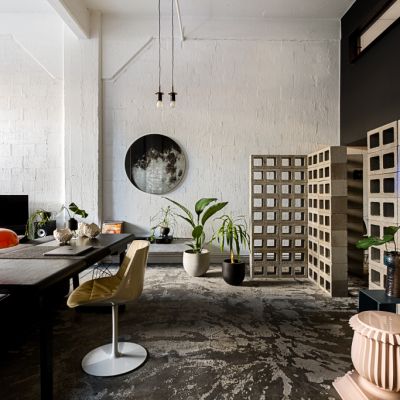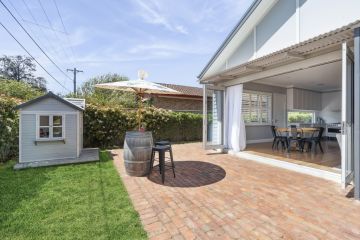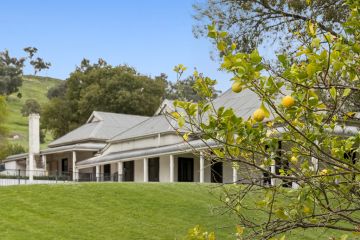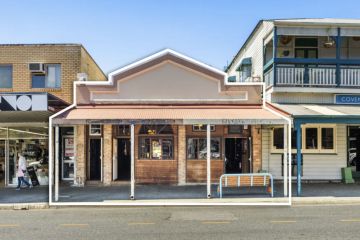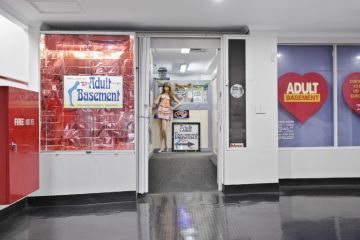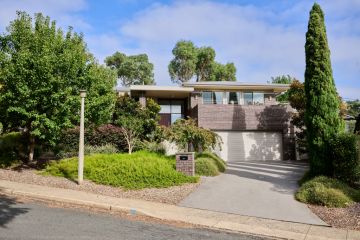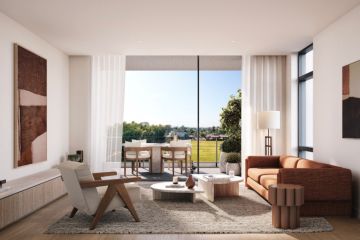Jennifer bought a home. But buyers like her face an $85,000 penalty
Jennifer Dowd, 52, began saving for her first home 10 years ago. The arts worker says a life of living overseas and thinking she’d eventually find someone else to buy a home with delayed her entry into the property market.
At first, she was looking for flats in Sydney’s inner west, but then she realised she’d have to borrow a lot more to get into the market. Eventually, with help from a broker, she found a one-bedroom apartment in Arncliffe, southern Sydney, for $585,000 in December.
She’s not alone in finding high property prices a challenge, but new modelling lays bare how bleak the picture is for women.
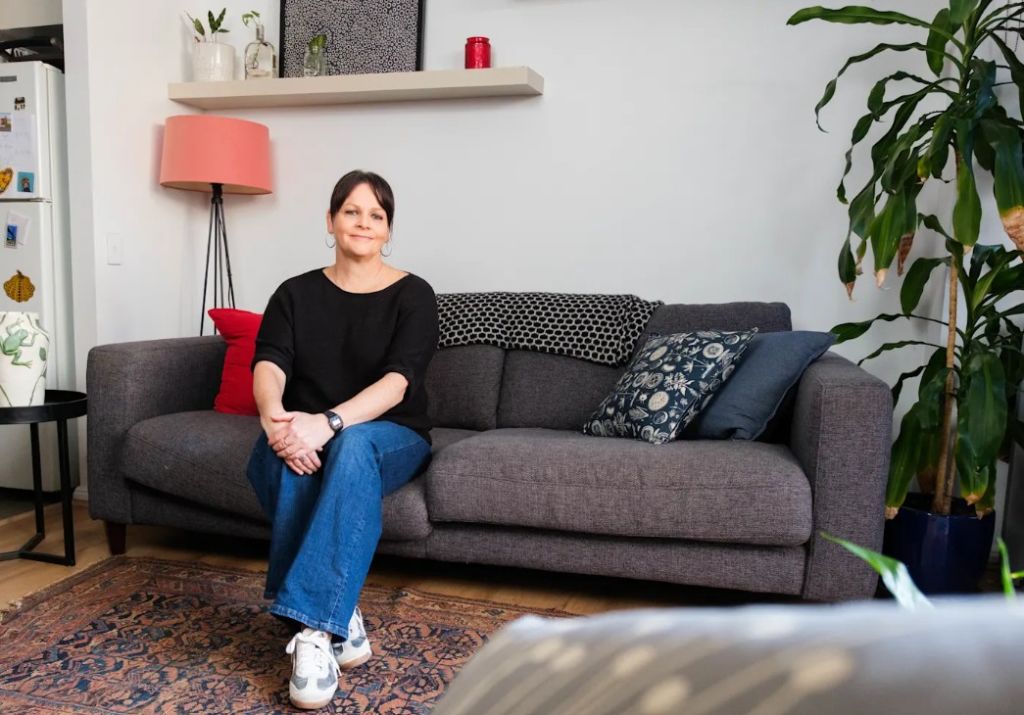
A worker on the typical female income can borrow $85,000 less than if they earned the typical male income.
“I’ve rented a lot of places and have been in situations where the home had been sold … and I didn’t want to be at the mercy of that any more,” Dowd says.
“My parents, who are in their 80s, offered to go guarantor, but I decided to spend significantly less in the end and not take that option,” she says. “Interest rates were also going up when I was buying, and after I heard the horror stories of the ’90s, where people were paying 17 per cent interest, I thought I’d compromise and get something cheaper.”

For Sarah Bishop, a 42-year-old communications consultant in Melbourne, the home ownership journey began much earlier. She combined a $25,000 gift from her grandparents with savings, and bought her first property, a three-bedder in Seaford, for $230,000 aged 25.
“My dad, an accountant, instilled in me the value of developing a good savings habit, and my mum, who worked in real estate, did all the negotiating for me,” she says. Bishop accessed the first home buyer grant, about $8000 at the time.
A few years later, she bought another house, in Parkdale, 23 kilometres south-east of Melbourne’s CBD, on her mother’s advice. “In that time, a major infrastructure project had been completed in Seaford and the value of my house went up significantly,” she says. Bishop sold her home for $361,000 and bought for $463,000.
While both women were able to enter the property market alone, their stories highlight the role luck plays in home ownership for women. Dowd says not having children meant she could save a deposit faster; Bishop credits receiving a “great financial education from a young age”, buying when it was easier to save, and having a mother who worked in real estate.
But for women who earn less than $100,000 a year, have children and no access to family wealth, the game is stacked. An Australian woman’s average full-time average earnings, according to ABS earnings data, are $1826.40 a week, compared with men’s $2072.70. A typical woman earns $95,234 a year to men’s $108,077 – nearly 12 per cent less.
This means a woman can borrow $85,000 less than a man if both are earning the average wage, Canstar analysis of borrowing capacities by gender shows – based on an average variable interest rate of 5.75 per cent and a 30-year loan.
“A $469,000 loan compared to $554,000 is a significant hurdle to home ownership and long-term financial security,” says Sally Tindall, Canstar’s data insights director. “The gap in borrowing power can directly affect when and where you can buy, your ability to save and how long it will take to get into the market.”
And while the RBA is expected to cut interest rates again this month, helping buyers borrow more, it won’t bridge the difference.
The industry you work in also makes a difference. The gender wage gap is greatest in professional, scientific and technical fields, meaning women can borrow $177,000 less than their male colleagues.
By state, the greatest disparity exists in Western Australia, where the average man earns $121,498 a year compared with a woman’s $97,001, which translates to a $164,000 difference in borrowing capacity, followed by NSW ($83,000 borrowing gap). Victoria’s gap is $76,000.
“That could be the difference between buying in a desirable suburb or being pushed further from city centres,” Tindall says.
Vanessa Fookes, 40, has been working since she was 16 and still can’t afford a house. When the Shoalhaven Heads local tried to get a loan, her bank said she could borrow a maximum of $300,000, even with a $50,000 deposit and first home buyer assistance.
“My salary is $67,000 after tax, and when they [the bank] ran the numbers, I was told that if I earned another $10,000 a year I would be eligible for $350,000,” Fookes says. The median price for a two-bedroom house in Shoalhaven Heads is $920,000, Domain figures show.
Fookes, who doesn’t know anyone she could buy a property with, says the system is rigged against singles. “Institutions think you need to be a couple or part of nuclear family to afford a home – that is blatant sexism and misogyny. I’m not going to get married just so I can buy a house,” she says.
“My parents paid off their home before retirement, and in one generation, I’m out of the housing market – it’s outrageous.”
That’s not to say women aren’t buying: just that everything needs to line up for it to be possible. According to a recent analysis by ME Bank, home loan applications from single women have increased over the past six years, surpassing those from men. But the data also shows women tend to buy slightly later and take out smaller loans.
Family considerations also play a larger role in influencing property purchases for women, who are more likely to be single parents with dependants. Of the 1.2 million one-parent families in Australia, 78 per cent are headed by a woman, ABS data shows. Cotality’s Women and Property 2025 report found 23 per cent of women surveyed had trouble qualifying for a mortgage compared with 13 per cent of men.

“There was also a substantial gender gap around the ongoing cost of owning a home, such as mortgage payments, council costs and building insurance, with 29 per cent of women and 16 per cent of men identifying this as a barrier to buying,” says Cotality head of research Eliza Owen. “This suggests that housing is less affordable to women because they tend to be on lesser incomes.”
Kate Browne, of Compare Club, says separation can affect a woman’s prospects of home ownership later in life, citing a steady rise of single women refinancing to take over the mortgage.
Kelly Baker, a 55-year-old Sydney journalist, knows what it’s like to support two kids on a single wage. While she was able to buy a house outright in Roseville 15 years ago with her divorce settlement, she struggled to cover maintenance costs on her salary. Baker has since moved to Marrickville.
“I don’t make enough money to save money – I can barely pay for maintenance on the house.
“Yes, it’s increased in value, but it doesn’t make a difference to me unless I sell it, and I’d just have to buy back into the market anyway.”
We recommend
States
Capital Cities
Capital Cities - Rentals
Popular Areas
Allhomes
More
- © 2025, CoStar Group Inc.
